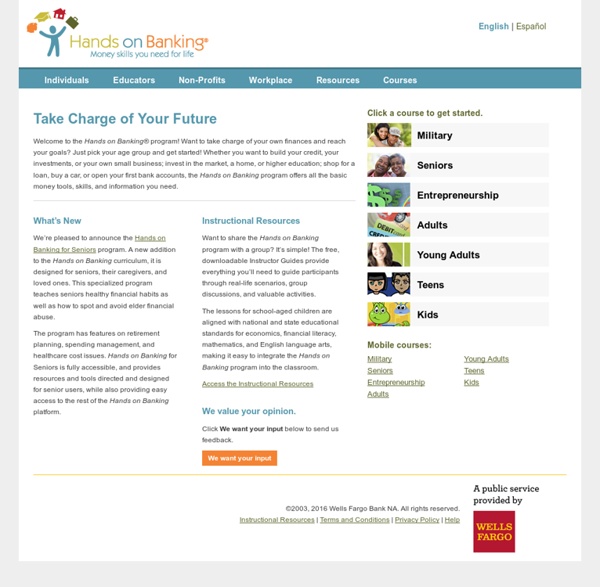Hands on Banking

Debt Advice « Mary Ward Legal Centre
We offer advice on all personal debt issues, for example: Rent and mortgage arrearsService charge arrears and forfeiture proceedingsCouncil tax arrearsBenefits overpaymentsCredit debtsBankruptcy and Debt Relief OrdersUnpaid gas/electricity bills. We can help you whether you have one debt or several debts and if your debt is small or large. Specialist advice is available, for example in cases where liability is disputed or a home is at risk. Our team comprises highly experienced advice workers and solicitors. You do not have to meet any specific income criteria to qualify for our debt advice. How to access advice By drop-inYou can drop in to the Legal Centre any week day Monday to Friday between 10am and 4pm (closed between 1pm and 2pm for lunch). By phone To book an appointment, call our Debt Line on 020 7269 0292 Monday to Friday between 10am and 4pm (closed between 1pm and 2pm for lunch). We also work in Enfield and Camden. Enfield Camden (including Kentish Town CAB)
Financial education
Enterprise
financial advice
Grants
personal finance education group
credit unions etc
Finance contax
Related:
Related:



